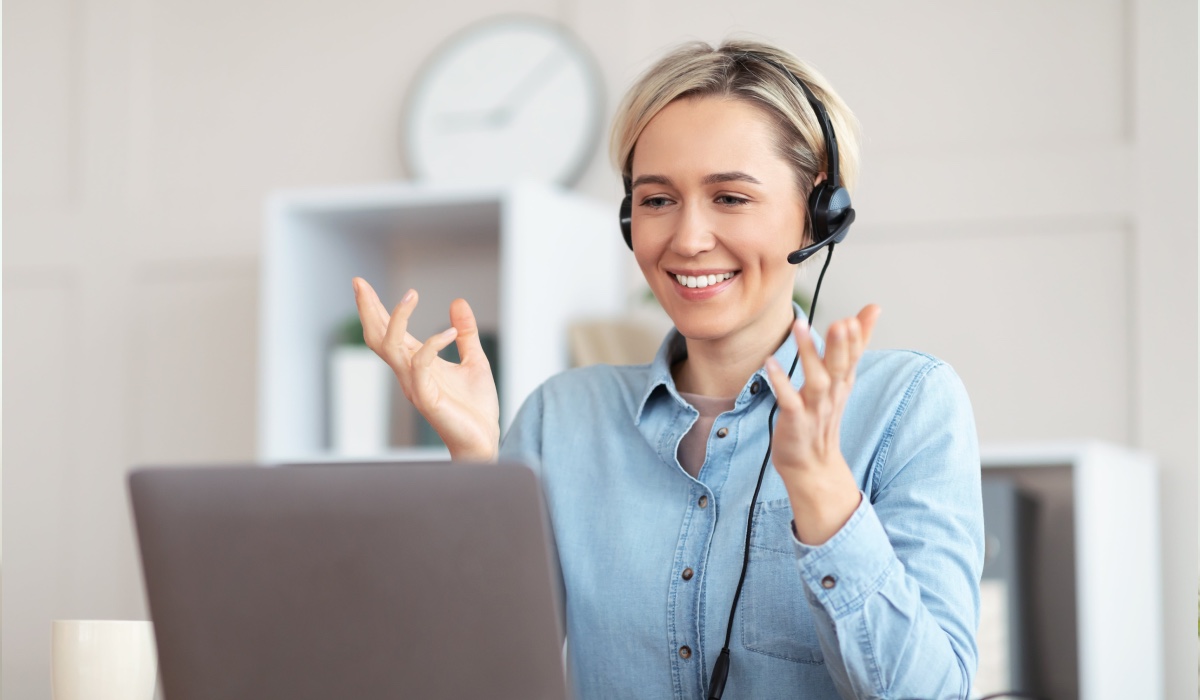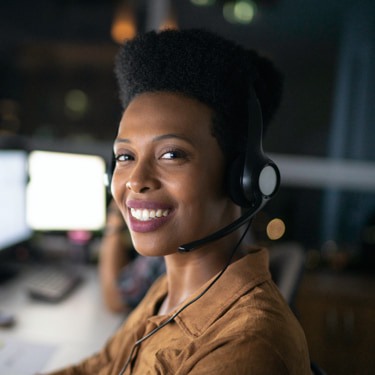All Categories
Featured
Table of Contents
- – A Best Outsource Answering Services In The Usa ...
- – What Is The Best Professional Call Answering S...
- – What Is The Best Melbourne Telephone Answering...
- – What Is The Best Automated Answering Service,...
- – What Is The Best Telephone Answering Service ...
- – What Is The Best What Is An Answering Servic...
A Best Outsource Answering Services In The Usa - Start From $11/hr
This gadget and its followers were designed by Sava Jacobson, an electrical engineer with a private consulting organization. While early voice mail utilized magnetic tape technology, many modern-day devices uses solid state memory storage; some gadgets utilize a combination of both, with a solid-state circuit for the outbound message and a cassette for the incoming messages.
"toll saving" listed below) (virtual answering service). This is helpful if the owner is screening calls and does not wish to consult with all callers. In any case after going, the calling celebration must be informed about the call having actually been responded to (in a lot of cases this begins the charging), either by some remark of the operator, or by some welcoming message of the TAD, or dealt with to non-human callers (e.
This holds particularly for the Little bits with digitally stored welcoming messages or for earlier makers (prior to the increase of microcassettes) with a special unlimited loop tape, different from a 2nd cassette, devoted to recording. There have been answer-only devices without any recording abilities, where the greeting message had to notify callers of a state of existing unattainability, or e (virtual answering service).
What Is The Best Professional Call Answering Services: Everything You ... For The Money

about availability hours. In taping Littles the greeting normally consists of an invite to leave a message "after the beep". An answering maker that uses a microcassette to tape messages On a dual-cassette answerphone, there is an outgoing cassette, which after the defined number of rings plays a pre-recorded message to the caller.

Single-cassette voice mail consist of the outgoing message at the start of the tape and inbound messages on the remaining area. They first play the statement, then fast-forward to the next available area for recording, then tape-record the caller's message. If there are numerous previous messages, fast-forwarding through them can trigger a significant hold-up.
This beep is often referred to in the welcoming message, requesting that the caller leave a message "after the beep". TADs with digital storage for the recorded messages do disappoint this delay, of course. A TAD may use a remote control center, whereby the answerphone owner can call the house number and, by entering a code on the remote telephone's keypad, can listen to taped messages, or erase them, even when away from house.
What Is The Best Melbourne Telephone Answering Service : Virtual Reception Out Today

Thus the device increases the number of rings after which it responds to the call (normally by two, leading to 4 rings), if no unread messages are presently saved, however responses after the set variety of rings (typically two) if there are unread messages. This permits the owner to discover whether there are messages waiting; if there are none, the owner can hang up the phone on the, e.
Some makers likewise permit themselves to be from another location triggered, if they have actually been turned off, by calling and letting the phone ring a certain a great deal of times (generally 10-15). Some provider abandon calls already after a smaller number of rings, making remote activation difficult. In the early days of TADs an unique transmitter for DTMF tones (dual-tone multi-frequency signalling) was regionally needed for remote control, because the previously used pulse dialling is not apt to convey appropriate signalling along an active connection, and the dual-tone multi-frequency signalling was executed stepwise.
Any inbound call is not recognizable with regard to these residential or commercial properties in advance of going "off hook" by the terminal devices. So after going off hook the calls should be switched to appropriate gadgets and only the voice-type is immediately available to a human, however possibly, nonetheless must be routed to a LITTLE (e.
What Is The Best Automated Answering Service, Better Known As Interactive ... App?
What if I informed you that you do not have to in fact pick up your device when answering a client call? Another person will. So practical, ideal? Answering phone calls doesn't require someone to be on the other end of the line. Efficient automated phone systems can do the trick just as effectively as a live representative and sometimes even much better.
An automatic answering service or interactive voice reaction system is a phone system that communicates with callers without a live person on the line - phone answering. When companies use this technology, customers can get the response to a concern about your company simply by utilizing interactions established on a pre-programmed call circulation.
Although live operators update the customer support experience, numerous calls do not require human interaction. An easy documented message or directions on how a client can retrieve a piece of info typically fixes a caller's instant requirement - answering service. Automated answering services are a simple and reliable method to direct incoming calls to the right individual.
What Is The Best Telephone Answering Service Melbourne Cbd Australia On The Market Today
Notification that when you call a company, either for support or product query, the very first thing you will hear is a pre-recorded voice greeting and a series of options like press 1 for customer care, press 2 for questions, and so on. The pre-recorded alternatives branch off to other choices depending upon the customer's selection.
The phone tree system helps direct callers to the right person or department utilizing the keypad on a mobile phone. In some instances, callers can utilize their voices. It's worth noting that auto-attendant choices aren't restricted to the ten numbers on a phone's keypad. When the caller has chosen their very first choice, you can design a multi-level auto-attendant that uses sub-menus to direct the caller to the ideal kind of support.
The caller does not need to interact with an individual if the auto-attendant phone system can handle their concern. The automatic service can path callers to a staff member if they reach a "dead end" and require support from a live agent. It is pricey to work with an operator or executive assistant.
What Is The Best What Is An Answering Service? To Get
Automated answering services, on the other hand, are considerably cheaper and offer substantial expense savings at an average of $200-$420/month. Even if you do not have actually devoted staff to deal with call routing and management, an automatic answering service improves efficiency by enabling your group to concentrate on their strengths so they can more effectively spend their time on the phone.
A sales lead routed to customer support is a lost shot. If a client who has item questions reaches the incorrect department or receives insufficient responses from well-meaning staff members who are less trained to deal with a particular type of question, it can be a reason for frustration and dissatisfaction. An automated answering system can decrease the number of misrouted calls, therefore helping your staff members make much better use of their phone time while freeing up time in their calendar for other tasks.
With Automated Answering Systems, you can produce a customized experience for both your staff and your callers. Make a recording of your primary greeting, and simply upgrade it frequently to reflect what is going on in your organization. You can develop as lots of departments or menu alternatives as you desire.
Table of Contents
- – A Best Outsource Answering Services In The Usa ...
- – What Is The Best Professional Call Answering S...
- – What Is The Best Melbourne Telephone Answering...
- – What Is The Best Automated Answering Service,...
- – What Is The Best Telephone Answering Service ...
- – What Is The Best What Is An Answering Servic...
Latest Posts
Specialist Call Management Service
Ai Answering System Near Me – QLD 4655
What's The Best Affordable Virtual Office You Can Buy
More
Latest Posts
Specialist Call Management Service
Ai Answering System Near Me – QLD 4655
What's The Best Affordable Virtual Office You Can Buy